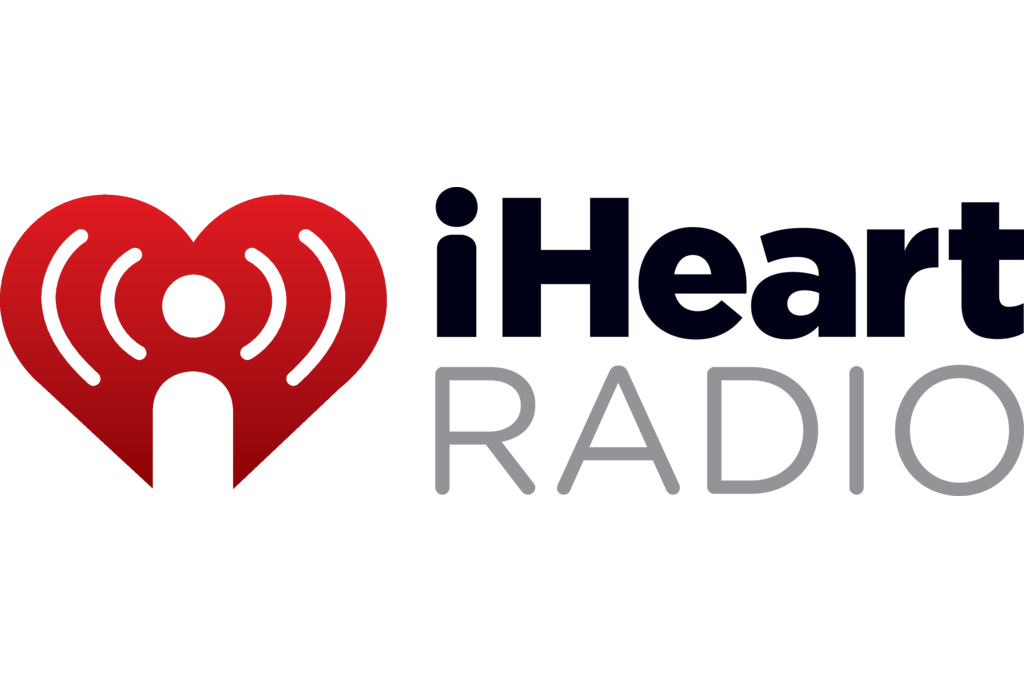Motherhood, a role that can be described as an attainment of a woman’s true adulthood, fulfillment, and happiness. Yet, simultaneously, childbirth is regarded as a crisis in women’s lives that places them at risk for psychiatric disorders (Lee, 1997). The natural fluctuations in hormone levels that are associated with parturition are viewed as problematic. These fluctuations are believed to be the cause of postpartum affective disorders despite the fact that there is little evidence of a direct causal link (Llewellyn, Stowe, & Nemeroff, 1997; Nicolson, 1998).
There are three types of postpartum psychiatric disorders that are recognized. The most common, and least severe, is known as the maternity or baby blues. Between 50 and 80 percent of new mothers are believed to be affected by the baby blues, the symptoms of which are irritability and tearfulness that last for about two weeks after the birth. Postpartum depression affects approximately 10 percent of new mothers. Its symptoms include sadness and crying, self-blame, loss of control, irritability, tension, anxiety, and difficulty sleeping; the symptoms can last six months to one year after the birth. Postpartum psychosis, which can occur anytime during the first two weeks after the birth, affects the fewest women (about .1 to .2 percent). Women diagnosed with postpartum psychosis experience hallucinations and delusions that typically involve their infants (Cox, 1986; Whiffen, 1992).
Postpartum depression is the focus of most of the scientific and clinical literature (Johnston-
Robledo, 2000). Although some researchers (Nicolson, 1998; Whiffen, 1990) argue that there is no convincing evidence for postpartum depression as a clinical entity separate from depression at other times in women’s lives, it is recognized as a separate category in the DSM-IV (American Psychiatric Association, 1994). Among the justifications for its inclusion are that women who are at the highest risk of the diagnosis are those who have a family history of depression (O’Hara, Schlechte,Lewis, & Varner, 1991) and those who were depressed during their pregnancies (Graff, Dyck, & Schallow, 1991).
Researchers and clinicians can find ways to utilize their expertise to provide resources and educational opportunities for new mothers. For example, perinatal care is currently focused primarily on the physical aspects of childbirth. If a mental health component were routinely provided, it would give women opportunities to discuss their emotional states (Maunther, 1993). If longer maternity stays at hospitals were possible, nurses could make use of the time to provide additional education about postpartum adjustment and encourage women to discuss their feelings with other new mothers in the hospital.
We as counselors, case workers, victum advocates, psychiatrists, and psychologists can and should apply our skills to conduct research on postpartum adjustment in more diverse groups of women, to write for the popular press or suggest stories and angles to journalists, to lobby for longer maternity hospital stays and paid maternity leaves, to educate medical and nursing practitioners, and to offer to work in partnership with childbirth educators. New mothers need more and better sources of information about their experiences, and feminist professionals should take steps to help provide them.
If you or someone you know is suffering from Postpartum Depression and needs help please contact the Youth Crisis Center Hopeline at 1-877-720-0007 or 904-720-0002.





